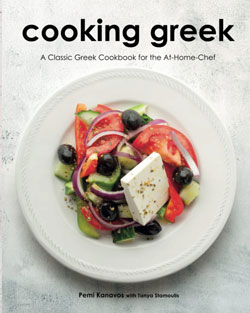axariotisxy
Member
As I am reconnecting with cooking Greek food and tracking down some of my mother's old recipes (I lost most of them!) or recreating them through research, I realize I am rusty working with phyllo. Do you guys have any tips? In particular, the phyllo seems to be sticking together inside the package.
I enjoyed this video - do you guys have anything to add?
I have been thawing it on the counter and that I think is my first problem!
I enjoyed this video - do you guys have anything to add?
I have been thawing it on the counter and that I think is my first problem!


